The Scientists
We didn’t know it at the time, but the world fundamentally changed on December 1, 2019 in Wuhan, China. The diagnosis of a human with the COVID-19 virus sent ripples throughout the world that are being felt today. How governments have reacted to the resulting pandemic has informed how strongly a country has felt that ripple.
There has been a lot of discussion about vaccines, and reopening economies by politicians, but what are the scientists saying? I was curious, so I talked to two of Maryland’s brewers who have a history with microbiology, and diagnostic testing. The discussion was illuminating.
The discussion was with Matt Humbard, founder of Handsome Beer Company, a contract brewery that has come and gone, and the still in development Patent Brewing Company, and Brian Roberts, founder and brewer at Mad Science Brewing Company in Adamstown.
Humbard received his Bachelors of Science in microbiology from Arizona State University in 2003, and his PhD in microbiology and cell biology from the University of Florida in 2009. “My research focus was extremophiles – microorganisms that live in extreme environments,” explained Humbard. “After graduating, I took a position at National Cancer Institute in Bethesda, studying the molecular mechanisms of breast cancer and melanoma. Eventually, I moved to the FDA where I write and enforce regulations pertaining to diagnostic testing, focusing on things people would understand as blood tests.”
Roberts received his Bachelor’s in Science in biology-biomedical sciences with minors in chemistry and biochemistry from Montana State University, Bozeman, in 1993 and then his Masters in Science in Biomedical Sciences with a concentration in virology and molecular techniques from Hood College in 1999. An Army veteran, Roberts was stationed at the U.S. Army Medical Research Institute of Infectious Diseases (USAMRIID) as a Biological Sciences Assistant in the Rapid Diagnostic (RDx) Laboratory. “While there I was deployed twice – once to Saudi Arabia and Kuwait as part of a medical team performing serology testing on sick Warfighters,” explained Roberts. “We were looking for biothreat and endemic disease exposures [there] in 1994 and [then] to Bogota, Colombia for the 1995 Venezuelan equine encephalitis virus outbreak to train the Ministry of Health on our diagnostic testing methods. As part of my duties in the RDx lab I produced copious quantities of viruses for antigen and antibody production to develop further assay capabilities for the lab for things like Ebola, Lassa, and other infectious diseases in the biosafety level-3 and -4 suites. After my active service, I got into vaccine and drug development for biodefense and infectious diseases and have been doing that for 23 years. I’m currently a Life Sciences Program Manager at Leidos and oversee our Virtual Pharmaceutical program area. I have been involved with the recent novel coronavirus (SARS-CoV-2) and am overseeing development of an animal model and antiviral testing.”
The Brewers
Humbard started homebrewing in the early 2000’s when he moved to Florida in order to attend graduate school. A native of the Southwest, he cut his teeth as a beer drinker knocking back beers like Stone IPA. “When I moved to Florida, it was a bit of a beer desert,” explained Humbard. “I decided that if I wanted to keep drinking West Coast IPAs – this wasn’t even the term at the time – I would have to brew them myself. So I started brewing and learned the hard way how to do everything.”
By the time Humbard moved to Maryland, he had, as he put it, a few hundred batches under his belt, and was looking for a new brewing challenge. “”I started writing more about beer and the science behind it and eventually started my blog, A Ph.D. In Beer,” said Humbard. “The goal there was to try and describe beer in the most molecular way possible. Eventually, I would start the brewery Handsome Beer Company with a partner. Handsome was a contract brewery and I like to describe it as beer graduate school. It was an expensive way to learn but I learned more about how the beer industry works in the 24 months Handsome was open than I had in the previous 15 years of brewing and reading about beer.”
After closing Handsome, Humbard realized that he really liked the science behind brewing beer, and was intent on continuing in the industry, and the concept of Patent Brewing was born. According to Humbard, “Patent is intended to be a lab with a brewery attached. A lab that can do experiments on yeast, bacteria and hops and provide those materials to other breweries through contracting or consulting. We’ve been providing yeast and other items to breweries for the last year.”
The quarantine has significantly slowed Humbard’s plans to build out and open Patent’s brewing facility. “A week before the quarantine we sent an offer on a space that we thought was close to perfect. But negotiations have stalled due to a lot of this,” he said. “We just don’t know what to do and on top of that I’m working on COVID response for Health & Human Services and don’t have any bandwidth left after doing that seven days a week and still filling orders for yeast to local breweries. I try to keep up but it is hard. I think we will have to return to negotiations shortly, probably [by mid-May]. but the overall effect is hitting the pause button for us. Patent opening a physical location is inevitable. But we no longer have a timeline.” But Humbard is still hoping to be able to open the brewery’s doors by sometime in 2021.
Roberts had a similar path, starting as a homebrewer back in October of 2004 before going pro. Roberts, in a bit of a difference, started homebrewing after prodding by his wife to get a hobby. “”My hobby got out of control and in April 2015 I opened Mad Science Brewing Company at Thanksgiving Farms in Adamstown,” said Roberts. “I do everything at the brewery and contract brew at Antietam Brewery in Hagerstown.”
Mad Science, which maintains a seasonal tasting room at Thanksgiving Farms, has experienced some impact from the quarantine order, but a shift in the last year to canning has helped the small brewery weather the storm. “The current state restrictions and my normal job [with Leidos] delayed our seasonal reopening by one week,” explained Roberts. “The only other impacts have been that all sales are carry-out only; we don’t have any musical entertainment, but still have food trucks every weekend so customers can grab beer and food for home. We started canning beer last year, which was fortunate as we can make mixed 4-packs and don’t have to worry about crowler shortages” which have been impacting many breweries.
The Problems with Covid, Reopening, and Vaccines in the Words of the Scientists
The country currently stands at a crossroads. Many states are rushing to make a return to normalcy at a time when scientists are still warning that it is likely too soon. One of the common talking points being made by pundits who are pushing for the country to re-open is that SHOULD be going out so we can develop herd immunity – this line of thinking is often being propagated by television pundits who are unwilling to leave their own quarantine to put their hypothesis to the test. Allowing other people to be the guinea pigs in their grand experiment is not only hypocritical, it contradicts the advice of the experts (at the time of writing it was being reported that Dr. Anthony Fauci, the United State’s top infectious disease expert, was to testify before congress that opening up the states too early would result in “needless suffering and death.”)
Both Roberts and Humbard agree that the risks are significant and problematic in reopening, and that the herd immunity, while possible, is not a given, and as such, encouraging this behavior is reckless.
As Roberts said, “One of the biggest problems I see is that we just don’t know if exposure to SARS-CoV-2 will provide protective immunity. In lay terms, protective immunity is that point at which the immune response has produced the right amount and types of antibodies to provide the person protection against another exposure to the same pathogen. So think measles vaccination or smallpox, where the body remembers – has memory – and you don’t get sick the next time you are exposed to or infected with measles. For some viruses, like coronaviruses and flaviviruses, a poor immune response – low levels of antibodies called IgG – can actually facilitate a faster infection by the virus the next time you are exposed, thereby causing a phenomenon known as antibody-dependent enhancement (ADE) that can also cause an overreaction by the immune system that brings on a cytokine storm, killing the person. This is also a concern for vaccine development and use for COVID-19 as we just don’t know what that needs to be and nobody has tested their vaccine candidates in an animal model for ADE because those models haven’t been developed.”
Humbard explained the concept a little more anecdotally. “The problem with reopening is pretty simple to me,” he started. “You don’t know what is going to happen except that more people are going to get sick. The big question we don’t know is how many and what that means for everyone else.
“The issue with this disease is that people are asymptomatic but contagious. So through no fault of their own, each infected person can get other people sick without knowing it. When you think about the places you go before all of this, I might be sitting in a bar with 100 strangers or a restaurant with 100 strangers. Now each of those people represents a risk to everyone else. Assessing that risk has not been straightforward. In the absence of ubiquitous and reliable testing for this and then compliance with recommendations to self isolate when you are contagious [including a lack of a definitive] understanding of for how long you are contagious, that is difficult to do. But based on the current mood and the state of businesses, I think the economic consideration will strip away the public health concerns.”
With the parts of the country beginning to re-open, both Roberts and Humbard share concerns regarding states’ plans moving forward. Humbard explained that he thinks, “based on the current trajectory, most businesses will be open way earlier than September. I think keeping things closed through the summer is basically off the table in the US. Virginia [is already opening] in a limited capacity, Maryland is relaxing restrictions, [same with] Colorado. I don’t know what to do but this feels like a mistake to me.”
Roberts is a little more blunt in his assessment of what reopening might mean. Roberts predicts a “huge spike in cases and fatalities as the country and states reopen,” he said. “People have a hard time grasping that something invisible is so destructive. Some businesses will be able to open but with restrictions in place and [I think] personal protection will continue for at least 12 more months.”
With continuing concerns about reopening, and resuming anything that resembles pre-pandemic normal, many have been tasked with researching a vaccine for Covid-19, but developing a vaccine is a slow, deliberate process – a process unlikely to provide results before the end of the year. That’s the bad news. The good news, according to Humbard, is that there are many groups racing to develop the vaccine.
Developing one, however, can be problematic. In Humbard’s words, “Vaccines can be tricky. There are several steps in vaccine development but this is a novel agent. I assume the spike protein, which is often used for the serology testing, is the best bet for a target but a vaccine has to be safe and effective. So the risk to the patient from the vaccine has to be measured as well as the benefit before you give it to millions of people. That process is arduous and can take a long time. The good news is that everyone is trying to get to a vaccine, there are something like 18 different groups developing one. The idea of all them failing to get to market with a safe and effective vaccine is pretty unlikely. Unfortunately, that will take a year or two, realistically.”
Not only does Roberts agree with the assessment of how long development is likely to take, but he identified a different issue likely to cause problems, even if a vaccine is developed. “Honestly,” said Roberts, :we are 18 to 24 months away from having a known vaccine that is protective. Then the problem becomes getting people to actually get vaccinated. As an example, only 49 percent of the US population gets the influenza vaccine each year. I see COVID-19 vaccine rates being the same since the Government will not be able to make vaccination mandatory; just look at the anti-vaxx movement for childhood vaccines.”
All of this assumes that a vaccine can indeed be developed. This may or may not be realistic with reports of people possibly catching the disease a second time, or just relapsing, some might ask if this isn’t cause for concern in regards to developing a vaccine. Roberts noted regarding potential reinfection, “as [to] what’s been published recently, asymptomatic people do not have a good immune response or don’t have one at all meaning that they can be infected again with potentially fatal outcomes.”
Humbard agrees that the relapses don’t necessarily indicate reinfection. “Obviously more data is coming available all the time but there is no reason to believe that infection with T-cell response does not confer at least some level of immunity to the virus. I believe that there is an alternative hypothesis that may explain the ‘relapses’ – the virus may not get totally cleared out in all people and the relapses are exactly that, just viral blooms that cause the same infection to re-appear and become symptomatic…we can only guess without good information and if we are forced to guess, the risk increases a lot.”
The New Normal
Many of us find ourselves wrestling with what it means to get back to normal. There have been many events throughout history which have changed what normal means – the Flu Pandemic in 1918; The Great Depression; World War II; 9/11 – each event had a profound effect on everything from laws, to how we operate in our day to day life. What does this mean for us as we fight to get back to what things were like as recently as four months ago?
“It is hard to imagine things going back to normal,” said Humbard, “but I know they will. I think one good thing that people can generally do is wear masks basically for the foreseeable future. I would be fine that everyone with a cold should wear a mask whenever in public. My hope is that we will emerge from this as a more thoughtful and scientific oriented culture and have the mindset that we cannot allow this to happen again, but I [believe] the pendulum is swinging away from that right now. My hope is that in a year or 18-months there will be a vaccine and we can just be in public without significant risk to ourselves or others, then it will be back to normal. The idea of being in a room with 100 strangers right now, knowing that some of them will not take this seriously, is terrifying.”
Roberts sees certain things as a possible permanent change as a result of the pandemic, particularly in regards to how small breweries operate. “I see limited seating, reduced hours, and more carryout in the future,” he explained. “For breweries operating as taproom-only sales, they will need to move toward a normal production brewery operation with canning and distribution given that the on-premise sales are reduced. Realistically, I see it taking three to five years for the economy to rebound and for us to find and accept our new normal.”
The Questions No One is Asking
There’s a lot of misinformation floating around right now, and many people citing inaccurate numbers or information allowing them to engage in confirmation bias. They’re addressing different questions – is this worse than the flu? Is this as bad as everyone says? Are the numbers accurate, or are they being inflated?
But what are the questions that need to be answered that no one is asking? For Humbard, that answer is involved and a little complex. “In school, I studied outbreaks and pandemics,” he said. It was just part of the normal coursework for someone with my education. Covid-19 isn’t’ the one people worry about, it is more like the little brother of the one we really worry about.
“I think the thing we aren’t really doing in a public way is addressing or assessing our response to this outbreak or treating this as a stress test, wherein our response broke down. The last thing we should be doing is patting ourselves on the back and taking a victory lap.
“The death toll in the US will pass [100,000] and we MIGHT be half way through the first curve. The shapes of these curves are pretty symmetric so if 75K got you halfway [through the curve], you have [roughly] 75K on the back half too.” In light of that, the two important questions that need to be asked include: Have we reached the other side of the first curve yet? And what will the second curve look like? Will it be the same, or will it be worse?
Humbard continued, “One of the biggest things that is ignored is the morbidity of the disease. People are obsessed with debunking the death numbers but are generally ignoring the rest of the problem. The real issue is how miserable people are while they are sick. It is an anecdote but a close relative in his 30s got COVID and was incapacitated for 4 weeks, couldn’t do much of anything. The estimated economic impact for seasonal flu is estimated to be about 100 billion dollars a year, that’s for a disease that puts you down for a week, [an illness] that we can vaccinate against, and has a measure of immunity in the general population. COVID takes people out for 2 – 4 times longer, that’s just time off work, taking people away from their jobs for 5-10% of the year to lay in bed and cough? Let’s not think about the deaths of hundreds of thousands of people for a minute and think about having a million workers lay in bed for a month. That piece is barely discussed at all.”
The question Roberts leaves us with is a chilling one to think about. “What do we do if a vaccine doesn’t work?”
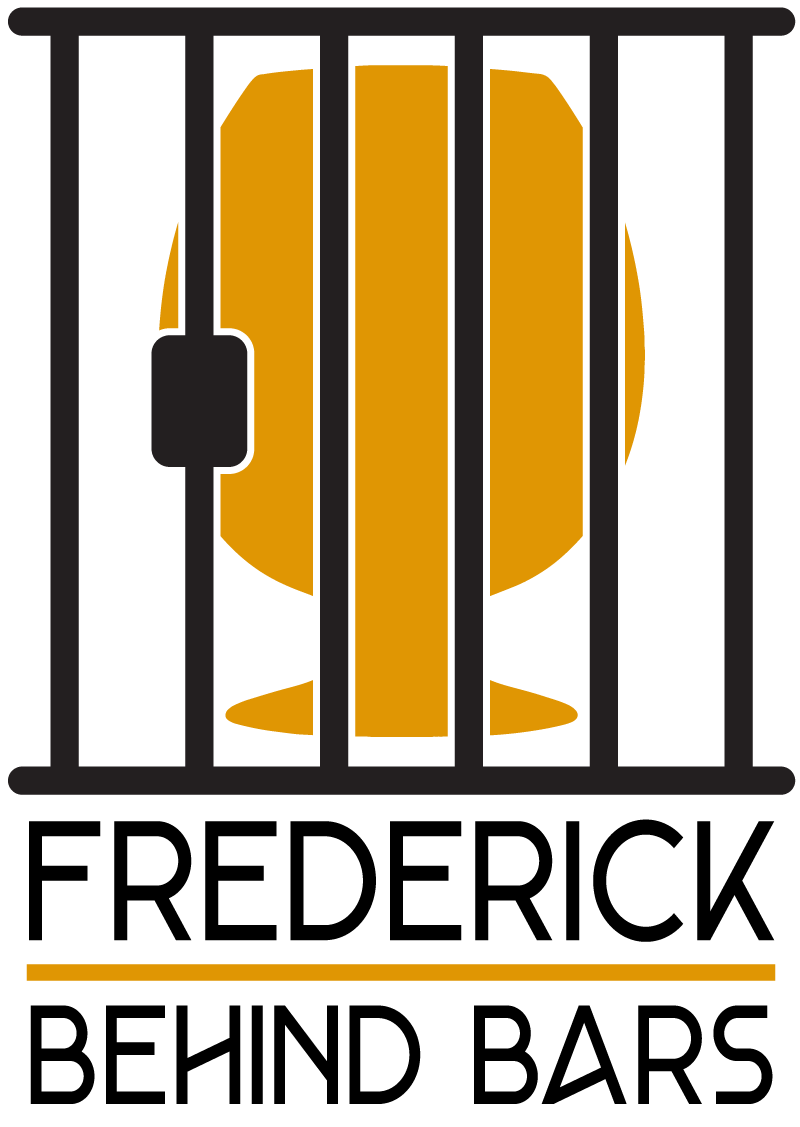

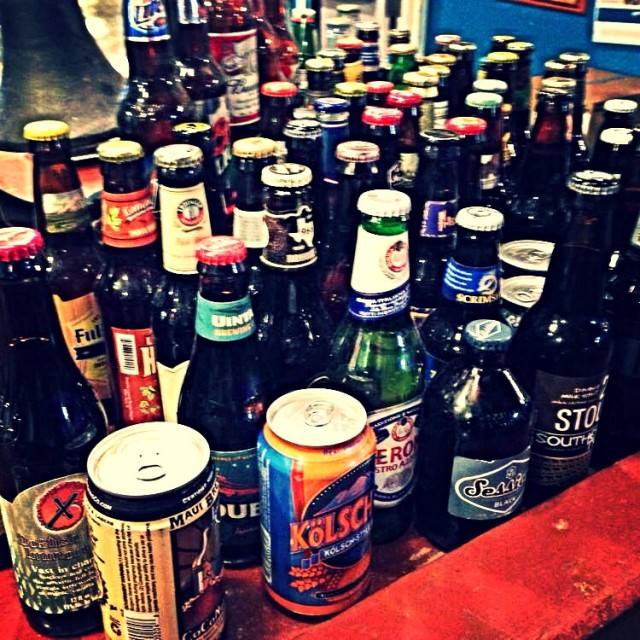


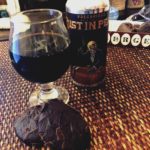
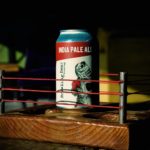
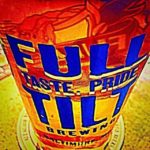
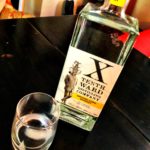
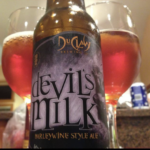
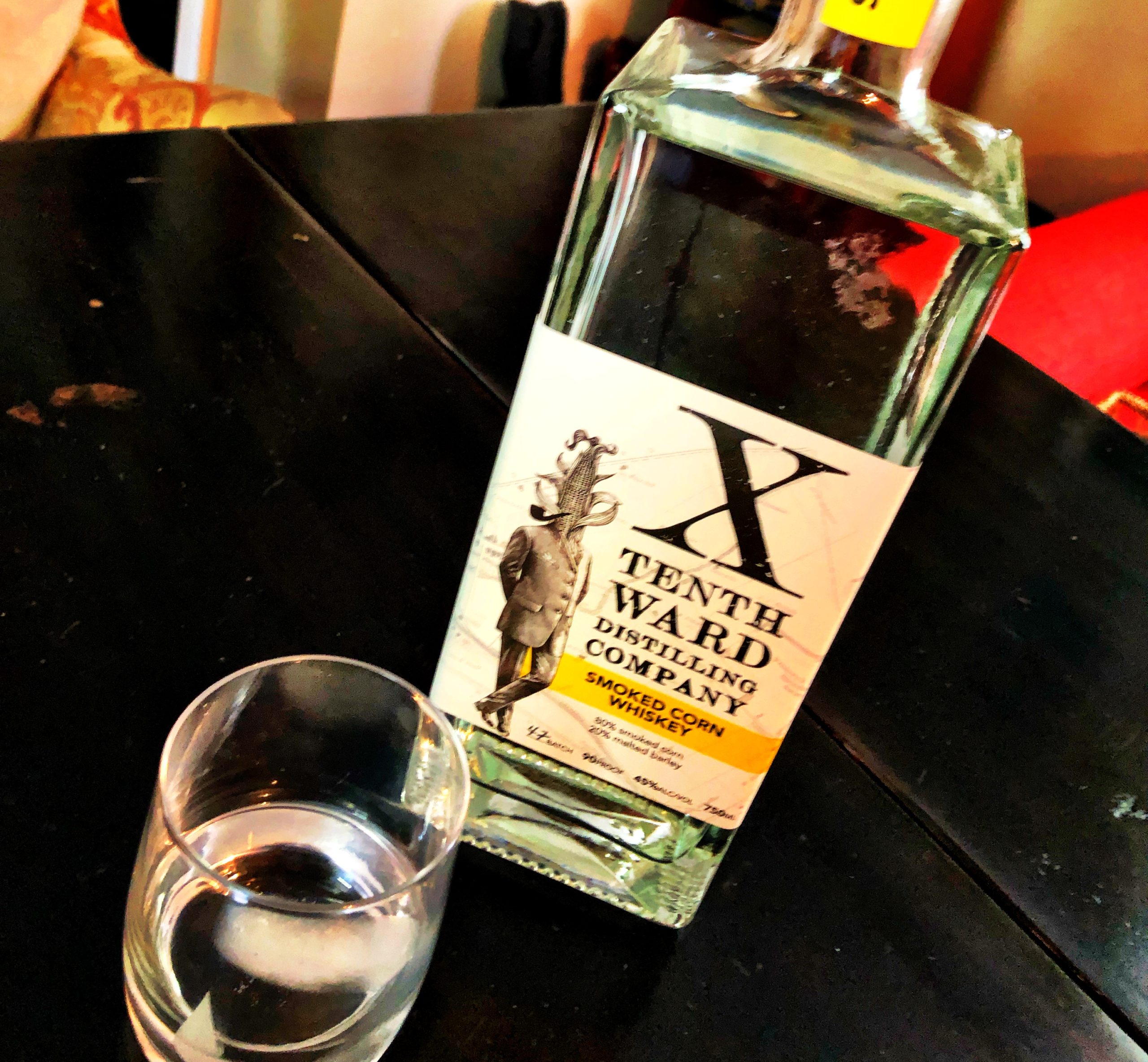

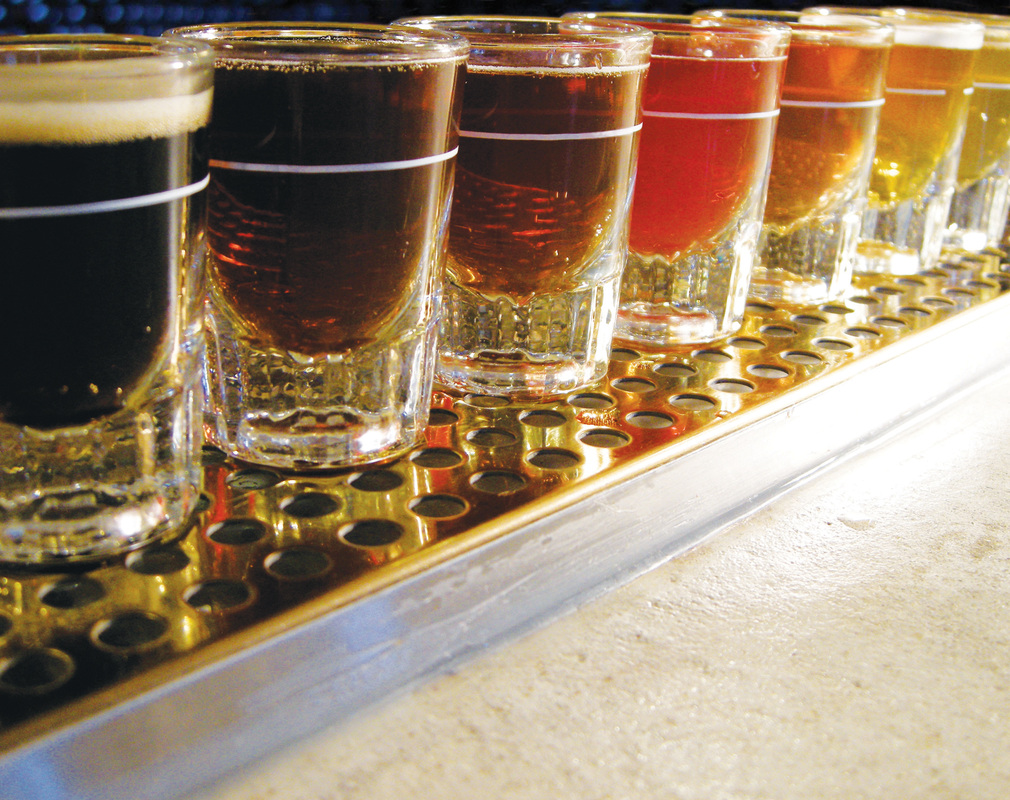
Follow Frederick Behind Bars!